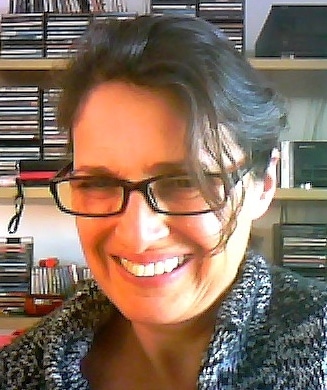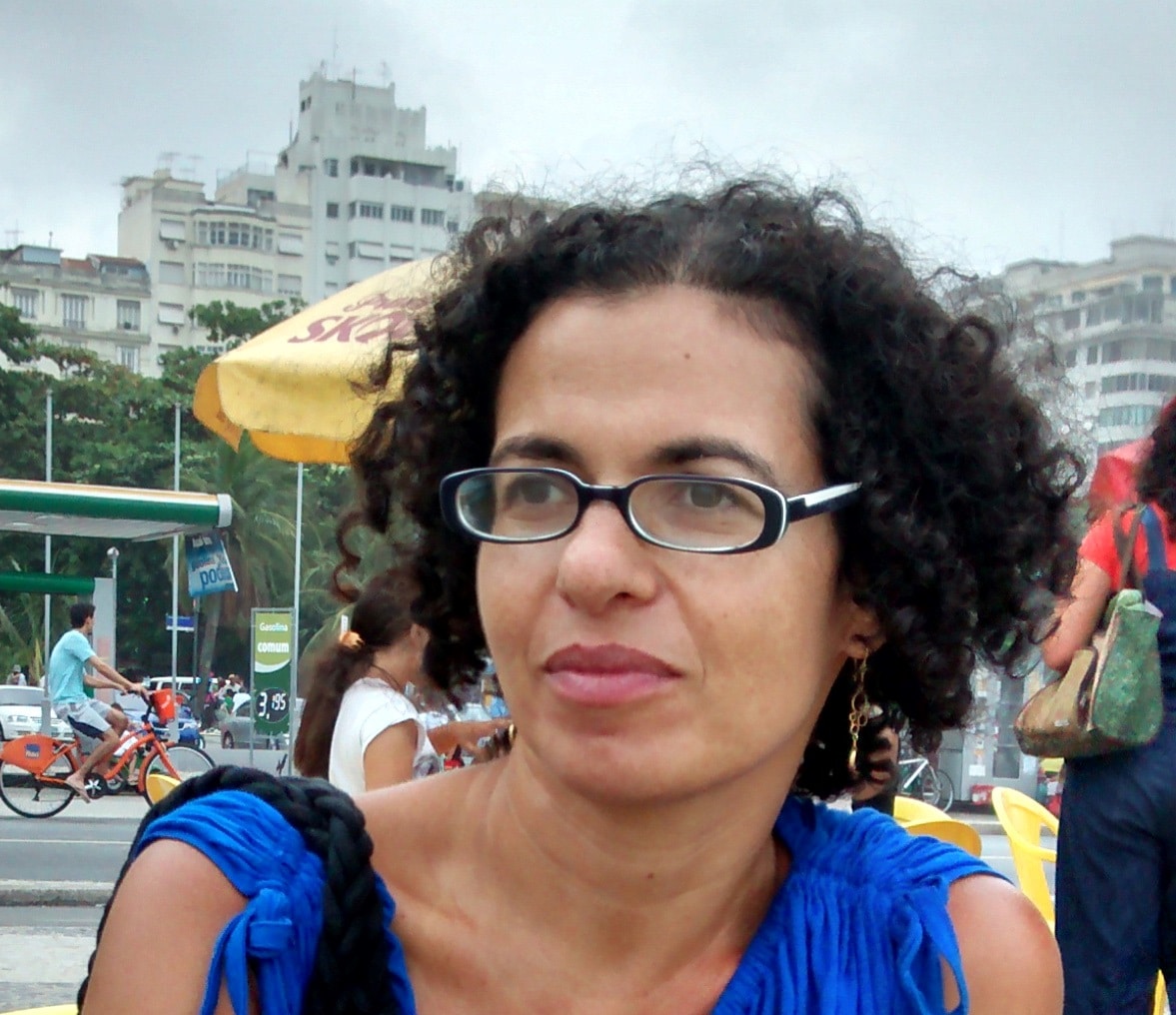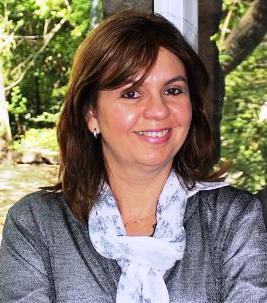The importance of reading for language development – part 1
The way I see it, reading vastly and variedly is the most important language-learning exercise there is. Extensive reading — which Thornbury (2006, p 191) defines as being the more leisurely reading of longer texts, primarily for pleasure, or in order to accumulate vocabulary, or simply to develop sound habits of reading — helps develop...Read More










